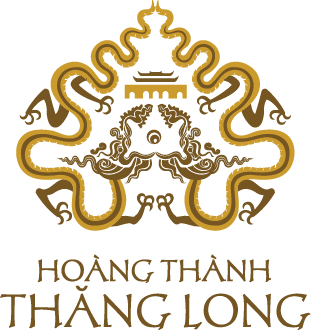
THE CAPITAL: FOREVER AND EVER
VIEW PANOThe Lý dynasty
1010 - 1225
Official name: Đại Cồ Việt; Đại Việt (Since 1054,
in the reign of King Lý Thánh Tông)
Capital: Thăng Long
The palace used for King's audiences: Càn Nguyên palace (Since 1030, Thiên An palace)
In the reign of King Lý Công Uẩn and other Lý Kings, a system of royal palaces were built to serve needs of the royal Court. The Thăng Long citadel consisted of three wall-rings, including: Forbidden City, Long Thành (The Imperial Citadel) and La Thành (wider citadel).
To serve needs of royal families, Kings of the Lý dynasty ordered the construction of a large number of royal palaces.
Lý Công Uẩn and his decision to transfer the Capital
King Lý Thái Tổ (974 - 1028) - A preeminent King in the history of Việt Nam. He was born in the final years of the Đinh dynasty (968 - 980). Later, he held many important positions in the royal court during the Early Lê dynasty (980 - 1009). When King Lê Ngọa Triều passed away, he was crowned King by the court mandarins, so the Lý Dynasty began. After coming to the throne in Hoa Lư, Lý Thái Tổ made a historic decision which was to transfer the Capital from Hoa Lư to Đại La citadel. This decision showed his talent and a radical vision (a So-called "Millennium" vision). The transferring of the Capital laid an important foundation for the strength of dynasties as well as for a sustainable development of the country.
 VIEW PANO
VIEW PANO
Homeland of the Lý dynasty
Dương Lôi Village (also known as Đình Sấm) Tân Hồng commune, Từ Sơn, Bắc Ninh province; during the reign of the Lý dynasty, Dương Lôi village belonged to Cổ Pháp land. Now, many vestiges found here prove that this village used to be father’s homeland of King Lý Công Uẩn, including: the communal house of Dương Lôi village, Càn Nguyên and Cha Lư pagodas, The temple of King Lý Công Uẩn’s mother.
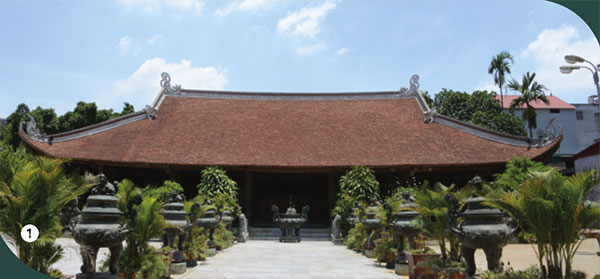
The communal house of Dương Lôi village, a place for the worshipping of the 8 kings of the Lý dynasty. Nine Title Nominations conferred in the reign of Nguyễn dynasty have been kept now. As clearly stated in all of the Nominations that: “The people of Dương Lôi village are to worship the eight Kings of the Lý dynasty”.
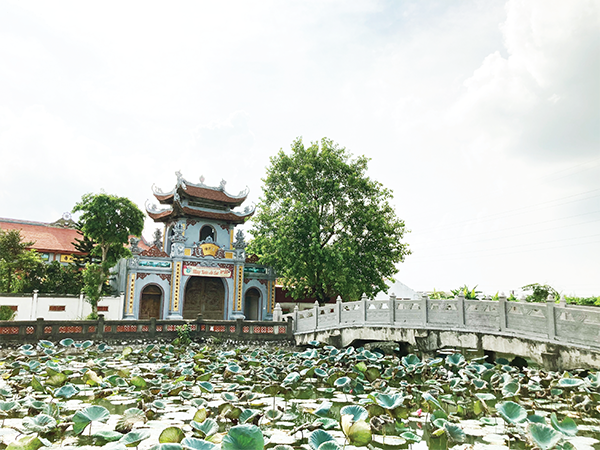
Dận pagoda (Ứng Tâm pagoda), located in Đình Bảng commune, Từ Sơn, Bắc Ninh province. Legend has it that the pagoda is associated with the appearing of King Lý Công Uẩn, in 974.
VIEW PANOHomeland of the Lý dynasty
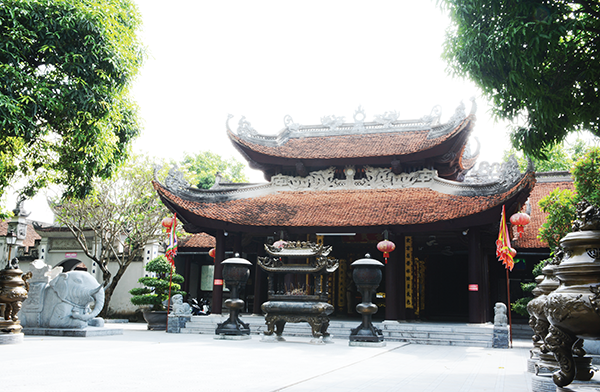
Đô Temple (Temple of Eight Kings of the Lý dynasty), located in Đình Bảng commune, Từ Sơn, Bắc Ninh province, was for the worshipping of eight Kings of the Lý dynasty
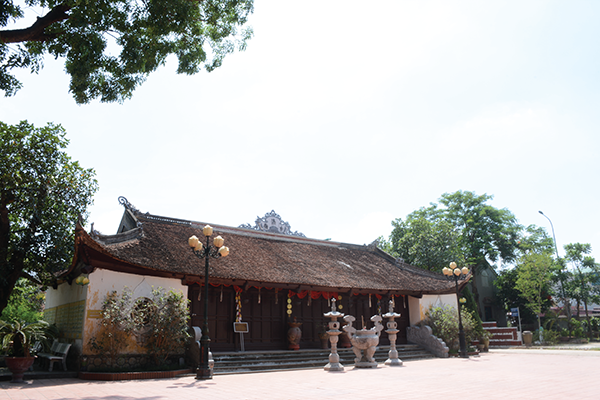
Cổ Pháp pagoda, located in Tân Hồng commune, Từ Sơn, Bắc Ninh province. This pagoda was where bonze Lý Khánh Văn led a religious life. As recorded in historical documents and also said by the common people that when Lý Công Uẩn was three, he was adopted and educated in this pagoda by bonze Lý Khánh Văn.
VIEW PANOHomeland of the Lý dynasty
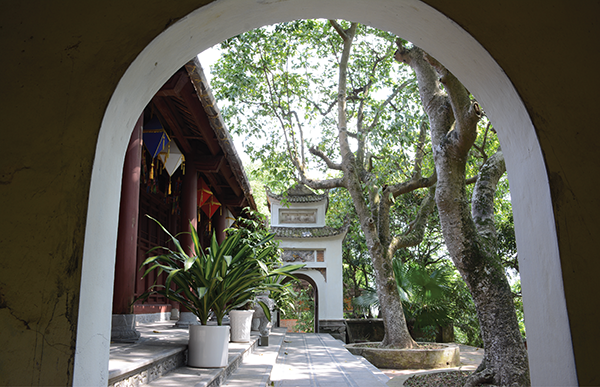
Chùa Tiêu, Từ Sơn, Bắc Ninh
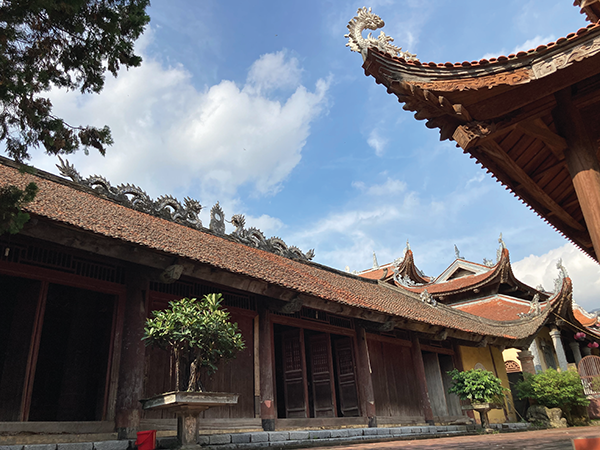
Thái Bình communal house, located in Mai Lâm commune. According to the legend, initially, only Mrs Phạm Thị was worshipped here. Now, King Trần Cảnh, Lý Chiêu Hoàng (Queen) and Trần Thủ Độ are also worshipped.
VIEW PANOHomeland of the Lý dynasty
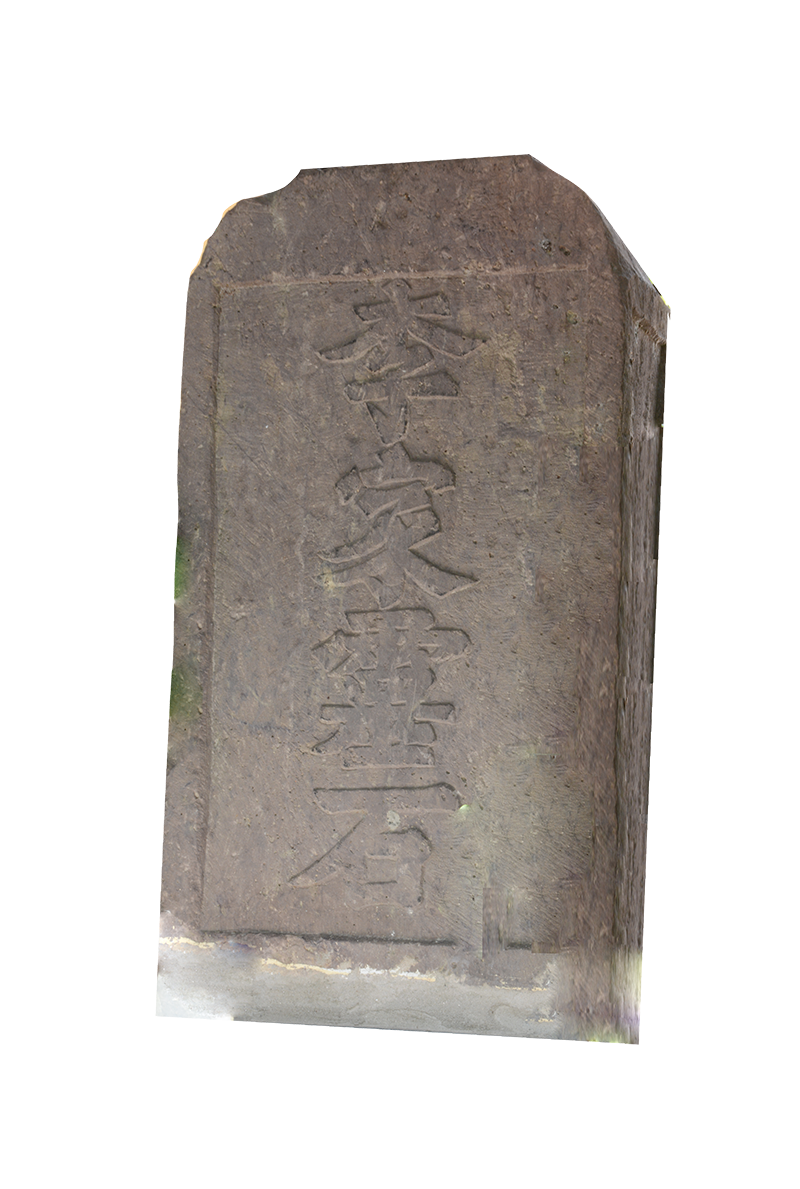
The stone stele at Tiêu Sơn pagoda records the legend about Mrs Phạm Mẫu (King Lý Công Uẩn’s mother). According to its inscription, Mrs Phạm Mẫu, a native of Hoa Lâm village, Đông Ngàn district (now Mai Lâm village, Đông Anh, Hà Nội), often visited Tiêu Sơn pagoda (where bonze Lý Khánh Văn led a religious life), then she was in a strange combination with God White Monkey. As a result, she was pregnant, and later she gave birth to Lý Công Uẩn.
VIEW PANO
